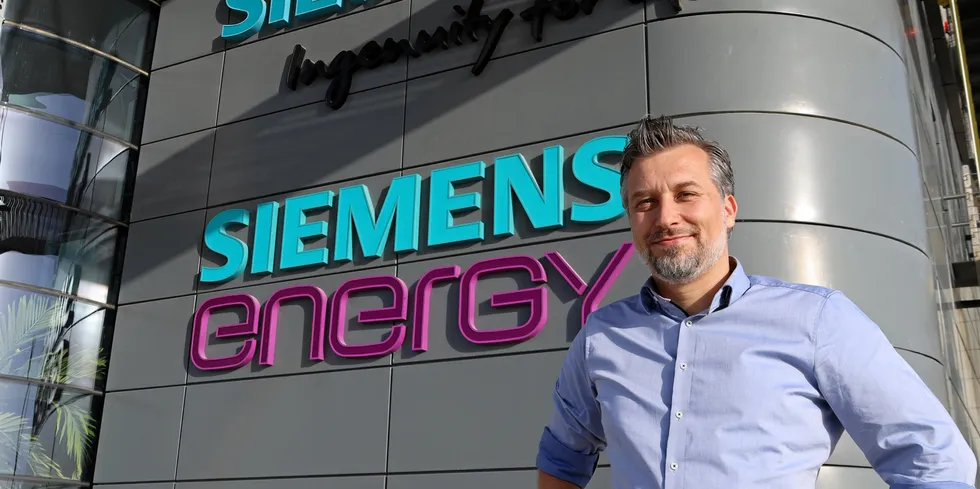'The amounts are insane': Siemens Energy's bid to turn aviation green with hydrogen
Synthetic aircraft e-fuel is 'only unanswerable use case for renewable H2', says German giant's Middle East new energy chief Manuel Kuehn

Synthetic aircraft e-fuel is 'only unanswerable use case for renewable H2', says German giant's Middle East new energy chief Manuel Kuehn
